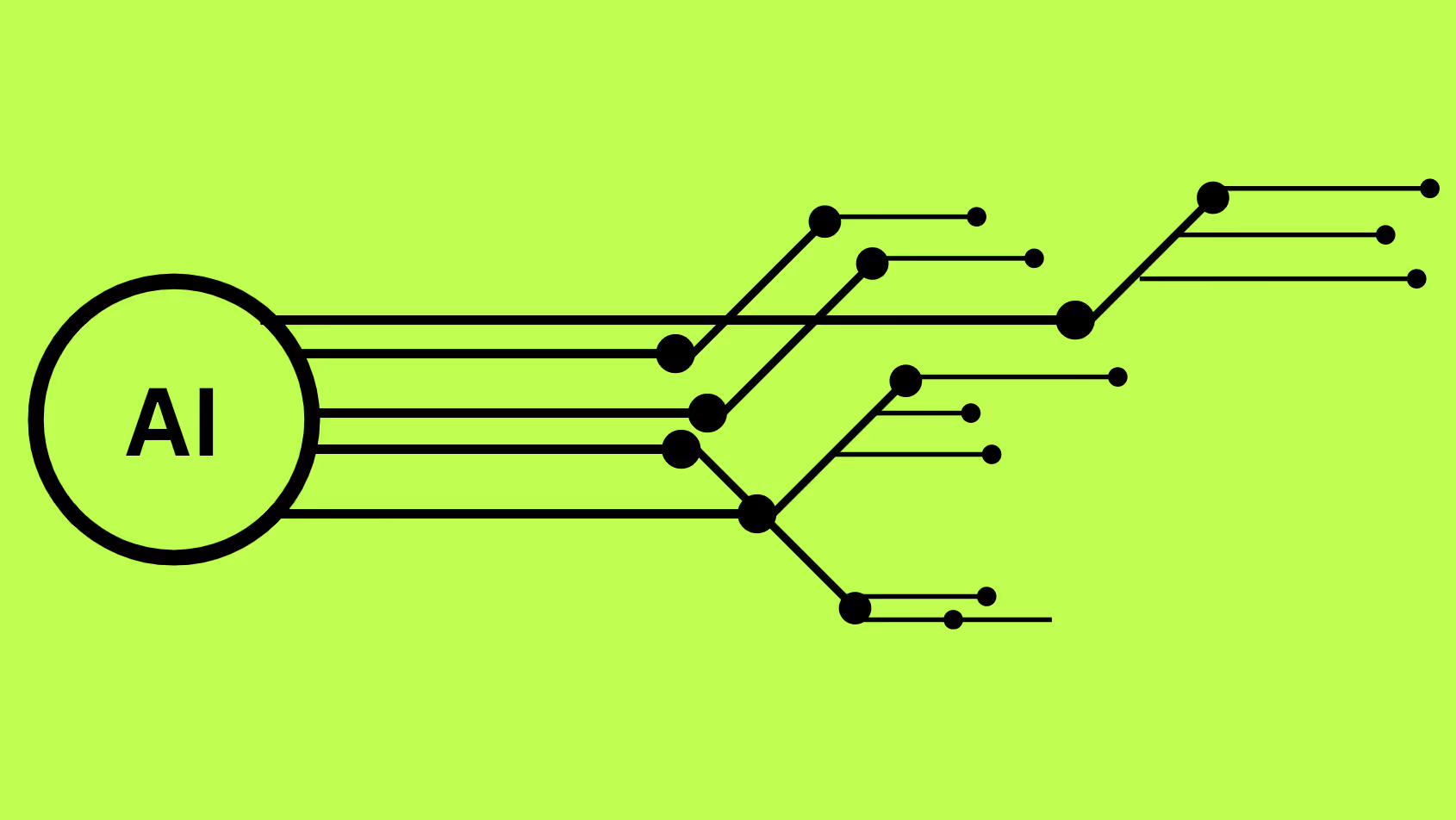AI integration: Enhancing user experience
Artificial Intelligence (AI) continues to revolutionize product design by enabling personalized user experiences and predictive analytics. In 2024, we can expect AI to play an even more integral role in product development processes. From smart algorithms that anticipate user preferences to AI-driven design tools that streamline prototyping, AI is fostering unprecedented levels of efficiency and creativity in product design.

One compelling example is the use of AI-powered generative design, where algorithms autonomously generate and evaluate countless design variations based on specified criteria. This approach not only accelerates the design process but also yields optimized solutions that human designers might overlook.
Sustainable design: Meeting environmental expectations
As global awareness of environmental issues intensifies, sustainable design practices are becoming non-negotiable in product development. In 2024, consumers are increasingly prioritizing eco-friendly products, prompting designers to integrate sustainability into every stage of the design lifecycle. This includes using recycled materials, reducing carbon footprints, and designing products for longevity and recyclability.

An inspiring example is the development of biodegradable packaging solutions using innovative biomaterials, which not only minimize environmental impact but also appeal to eco-conscious consumers.
Immersive technologies: Transforming user interaction
The convergence of 3D, Augmented Reality (AR), and Virtual Reality (VR) technologies is reshaping how consumers interact with products. In 2024, these immersive technologies are set to transcend novelty and become integral to product design strategies. Designers are leveraging AR and VR to create immersive product experiences, allowing consumers to visualize and interact with products in real-world contexts before making purchasing decisions.

For instance, furniture companies are using AR applications that enable customers to see how a piece of furniture fits into their living space, enhancing the shopping experience and reducing return rates.
Future of digital product design: Seamless integration
Digital product design in 2024 is characterized by seamless integration across platforms and devices. With the proliferation of Internet of Things (IoT) devices and connected ecosystems, designers are tasked with creating cohesive user experiences that span physical and digital realms. This requires a holistic approach to design that considers usability, accessibility, and interoperability across diverse interfaces.

An excellent illustration is the development of intuitive mobile apps that sync seamlessly with wearable devices, providing users with a unified experience and actionable insights.
Strategic implications for businesses

As product design evolves in 2024, businesses face a unique set of opportunities and challenges. The integration of emerging trends like AI, sustainability, and immersive technologies into product design strategies is not just a competitive advantage—it’s becoming a necessity. Let’s delve deeper into how businesses can strategically leverage these trends to drive growth, enhance brand value, and meet the evolving expectations of consumers.
Leveraging AI for enhanced innovation and efficiency
AI integration offers businesses a powerful tool to enhance the product design process, making it more efficient and data-driven. By employing AI-driven design tools, companies can reduce the time and cost associated with traditional design processes. For example, generative design algorithms can rapidly produce multiple design variations, allowing companies to explore more options and refine the best solutions faster than ever before.
From a strategic standpoint, businesses that invest in AI not only boost their innovation pipeline but also gain a competitive edge by bringing products to market faster. This can be particularly valuable in industries with fast product cycles, such as consumer electronics and fashion. Moreover, AI’s ability to predict consumer trends and personalize product recommendations can help businesses tailor their offerings to meet specific customer needs, thereby enhancing customer satisfaction and loyalty.
Embedding sustainability as a core business strategy
Sustainability is no longer a niche concern—it is a critical component of brand identity and consumer trust. As environmental awareness grows, consumers are increasingly scrutinizing the environmental impact of the products they purchase. This shift is pushing businesses to embed sustainability into their core design principles, from selecting eco-friendly materials to designing for product longevity and end-of-life recyclability.
Strategically, businesses that prioritize sustainable design can differentiate themselves in the market and align with the values of their target audience. This can lead to stronger brand loyalty and open new markets among eco-conscious consumers. Additionally, regulatory pressures and the rise of sustainability reporting standards mean that companies with a proactive approach to sustainable design will be better positioned to comply with evolving regulations and avoid potential reputational risks.
Embracing immersive technologies to enhance consumer engagement
Immersive technologies like AR, VR, and 3D modeling are transforming how consumers experience products, offering them an interactive and engaging way to explore product features and make informed decisions. For businesses, these technologies provide a new frontier for creating differentiated customer experiences that can lead to higher engagement and conversion rates.
Strategically, companies that integrate immersive technologies into their product design and marketing strategies can significantly enhance the customer journey. For example, automotive companies are using VR showrooms where customers can virtually experience cars, while fashion brands are leveraging AR to offer virtual try-ons. These innovations not only improve the customer experience but also provide valuable data on consumer behavior and preferences, which can be used to further refine products and marketing strategies.
Developing robust digital product ecosystems
In a world increasingly dominated by digital experiences, businesses must ensure their products are not just standalone entities but part of a broader digital ecosystem. This means designing products that integrate seamlessly with other digital platforms and devices, providing a cohesive and frictionless user experience. For example, smart home products need to be compatible with various operating systems and connect effortlessly with other IoT devices.
From a strategic perspective, businesses that focus on creating interconnected product ecosystems can increase customer retention by locking consumers into their brand’s ecosystem. This approach also opens up opportunities for cross-selling and upselling complementary products and services, thereby increasing revenue streams and customer lifetime value.
Showcasing innovation through compelling product design portfolios
A compelling product design portfolio is not just a showcase of past work—it’s a strategic tool for demonstrating a company’s vision, innovation capabilities, and commitment to emerging trends. In 2024, businesses that can present examples of product design portfolios that highlight AI-driven prototypes, sustainable designs, and immersive experiences will stand out in a crowded market.
For businesses, a well-curated product design portfolio can attract potential clients, partners, and investors who are looking for forward-thinking and innovative solutions. It serves as a proof point of a company’s ability to stay ahead of trends and deliver products that meet modern consumer demands. Therefore, investing in the creation and maintenance of an impactful portfolio is a strategic move that can drive business growth and open doors to new opportunities.
Looking back at 2024, product design is set to be shaped by the integration of AI, commitment to sustainability, and the adoption of immersive technologies. Embracing these trends allows businesses to stand out in the market while making meaningful contributions to society and the environment. The path to innovative product design requires continuous adaptation and strategic foresight, enabling brands to stay aligned with evolving consumer preferences and technological advancements.
In essence, 2024 has pushed us a new era of product design, defined by innovation, sustainability, and immersive experiences—paving the way for transformative, consumer-centric solutions.






